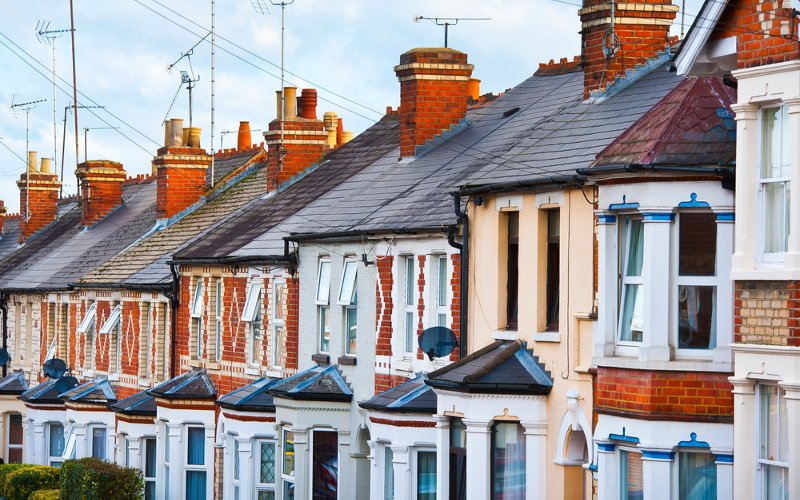The survey found that the average price of a property in the UK stood at £220,713.

House price inflation continued to slow in May but had still increased by 4.7% year-to-date, according to the Office of National Statistics.
The survey found that the average price of a property in the UK stood at £220,713 whilst price expectations remain moderately positive.
In terms of transactions there was an increase of 13.4% on those with a value of £40,000 or above when compared to May 2016.
The unusually low level of transactions in May 2016 was associated with the introduction of the higher tax rates on additional properties introduced from 1 April 2016. Comparing May 2017 to April 2017, property transactions fell by 3.3%.
Looking closer at the regional level of the UK, the East of England showed the highest annual growth, with prices increasing by 7.5% in the year to May 2017.
This was followed by the East Midlands at 7.2%. The lowest annual growth was in the North East, where prices increased by 1.6% over the year, followed by London at 3.0%.
Jeremy Duncombe, director, Legal & General Mortgage Club, said: “Despite the challenges the housing market has faced over the past year, it has continued to perform well.
"Although monthly price growth is relatively subdued, when this is considered within the wider economic and political landscape, the true resilience of the market can be seen.
“However, ongoing growth is not all good news. House prices are still increasing year-on-year at a rate far higher than wage inflation. Although first-time buyer levels have nearly doubled since 2009, many are having to borrow larger amounts of money, or rely on help from the Bank of Mum and Dad to put down a deposit.
"Now the dust is beginning to settle from the General Election, it is crucial that efforts are focused on building more affordable houses. This will give those who cannot count on generous offerings from friends and family an equal opportunity to step onto the property ladder.”



